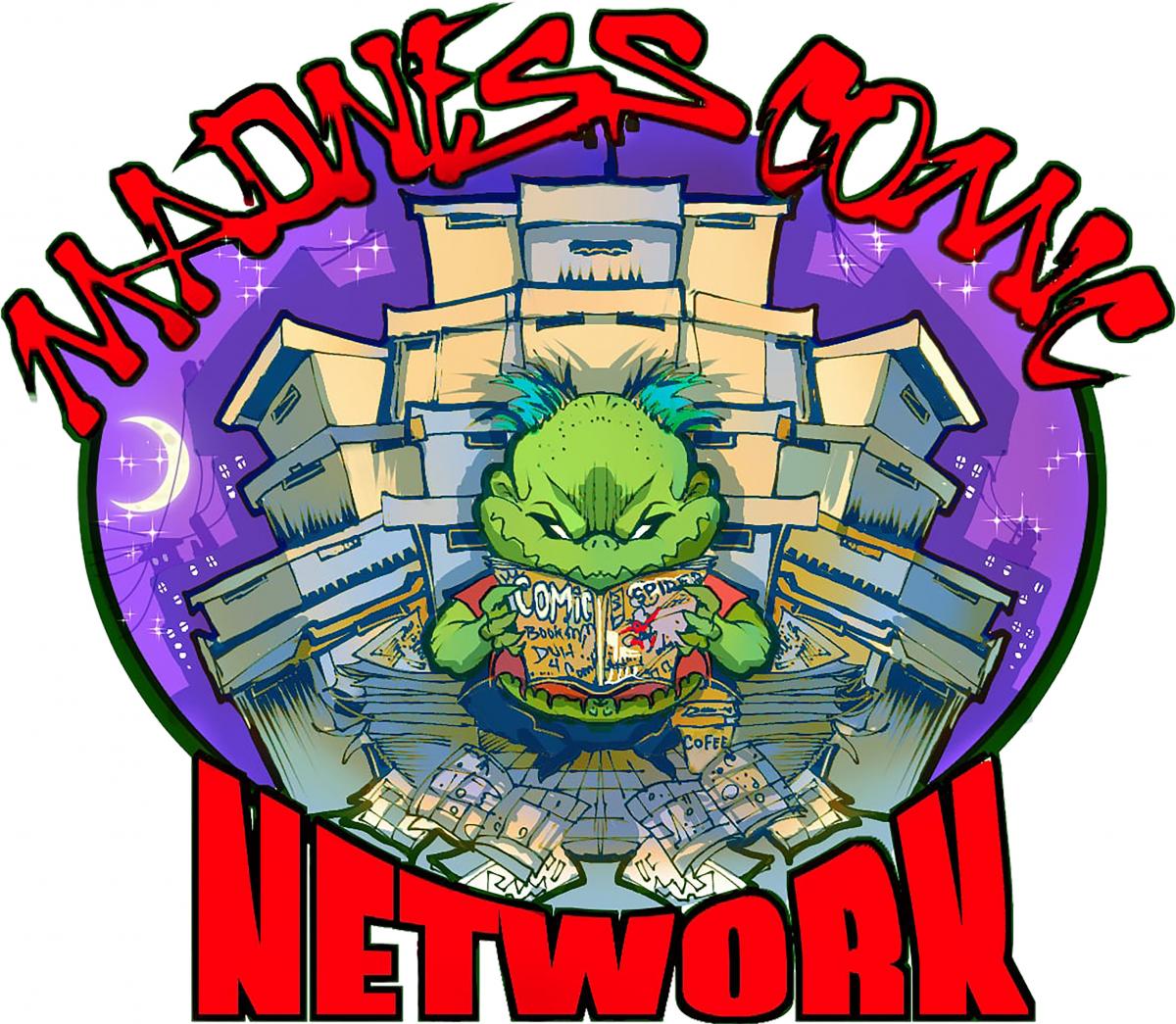Better You Believe a Vital Top Tier of Independent Horror
FTC Statement: Reviewers are frequently provided by the publisher/production company with a copy of the material being reviewed.The opinions published are solely those of the respective reviewers and may not reflect the opinions of CriticalBlast.com or its management.
As an Amazon Associate, we earn from qualifying purchases. (This is a legal requirement, as apparently some sites advertise for Amazon for free. Yes, that's sarcasm.)

“The oldest and strongest emotion of mankind is fear, and the oldest and strongest kind of fear is fear of the unknown.”
--H.P. Lovecraft
Horror stories, it has been contended, were likely the first types of tales created and told by humans. For primitive, cave-dwelling bands isolated in an unknowable, hostile world not of their making, surrounded daily by pain and terror and death, recounting ghastly events--both real and elaborately imagined--served to process their harsh surroundings in a way that not only entertained, but educated.
Do not venture into the valley over the next ridge, one aged Neanderthal says to the disbelieving youths of his tribe. If you do, you shall never return.
The valley may be only a malarial mosquito-infested quagmire, and his warning prone to be ignored by the brash and foolhardy if he doesn’t elaborate: You shall never return because that valley is haunted by ghosts eager for you to join their swampy grave!
Some of the best examples of modern horror retain those admonitory notes of ancient days, and in short fiction, especially, that essence remains undiminished. It’s in that spirit that author Tony Evans and Dark Holler Press re-releases Better You Believe, a collection of fourteen short stories that firmly establishes him as a modern master of the classic campfire yarn. Initially published in 2018 and deeply steeped in the folklore of the rural American Southeast, each tale is accompanied by notes revealing the regional origins of the unique and often disturbing scenarios contained within.
The father who tells his son ‘A Bedtime Story’ is the reader’s introduction to both the book’s dark-and-stormy-night atmosphere and the nightmarish legend of Bloody Bones. A man lost in a blizzard finds himself at the mercy of a malevolent crone with an unusual assortment in ‘A Collection of Souls’, while witty banter between the stranded city-slicker protagonists livens a bizarre encounter with the titular object in ‘The Donkey Tree’. Creepers crawl in ‘Katsaridaphobia’, a portrait of one man’s psychosis-induced insect infestation (or is it?), while the confined mine-shaft setting of ‘Black Damp’ offers a disquieting claustrophobic counter-punch.
The collection’s second half kicks off with the clever ‘Devil’s Night’, which accentuates Evans’ oft-displayed fascination with role-reversal. A chilling synthesis of mourning parents, a power outage, a freaked-out teenager and an oblong pine box set up ‘Blood Sacrifice’, and ‘Grandma’s House’ offers a spooky slice of body-snatching terror evocative of Stephen King’s classic “Gramma’ episode of the revived 1980’s Twilight Zone series. Evans’ background as a wildlife biologist informs the shape-shifting amphibious monstrosity in ‘Grampus’, while Latin American lore, bullying and revenge intertwine in the easily relatable ‘Trouble Dolls’. The wittily self-referential ‘Family Curse’ brings the volume to a skin-crawling (and skin-tearing) culmination when teenage sisters learn their parents, and perhaps they, aren’t as human as once believed.
There’s an unabashed enthusiasm for pure storytelling in Evans’s rustic fables; tales lurk within tales like Russian dolls, each more intricately patterned and unnerving than the last, and for sheer palpable alarm, three cast dangerous dagger-like shadows upon their literary kin. Racial injustice and retribution lie at the heart of both ‘An Infestation of Rats’, which pits an unpleasantly prejudiced protagonist against a voodoo loa, and ‘The Woodsman’, a vicious narrative of Native American spectral reckoning abetted by wry character interaction. Yet it is ‘A Storm of Crows’ that unleashes the darkest of frights; with its blacker-than-midnight depiction of the black arts and an ever-escalating dread, witchcraft of the most unholy kind punishes a simple man’s transgressions with one of the most uncompromising and nihilistic finales in recent genre memory and serves as the harrowing seed for Evans’ novel, Sour.
A rare, pleasant cohesion exists beneath the surface of Better You Believe; recurrent motifs present themselves, giving weight to themes that for other authors would be mislaid in a random clutter of content. An impassioned disdain for inequality and animal cruelty consistently arises, as does the subject of trespass and its consequence. Far beyond any other topic, however, lies the repeated emphasis on family in all of its myriad forms. Like Lovecraft long before him, Evans showcases with striking clarity the hereditary ties that bind generations--for good and ill--and details how events long past can, and often do, reverberate through history to affect the present in unimaginable ways. The folkloric roots of each story, too, unveil hope that the seemingly distant times of yore when humanity was connected to its myths more intimately than our current technological age allows may not be as lost as many may so casually assume.
In a day when most authors are content to blithely redress the same exhausted premises in tattered rags and dub them innovation, Evans’ bold, energetic prose and cackling Crypt Keeper attitude underscore an array of underutilized genre concepts. Coupled with a beautifully macabre sense of artistic visual design, those elements elevate this collection to a vital top tier of modern independent horror strongly deserving of appreciation by any fan seeking fiction uncontaminated by pretense, posturing or pandering, and it’s these qualities that earn Better You Believe the full 5 (out of 5) on my Fang Scale. Better you believe this is one book worth reading. Just wait for a dark and stormy night.


